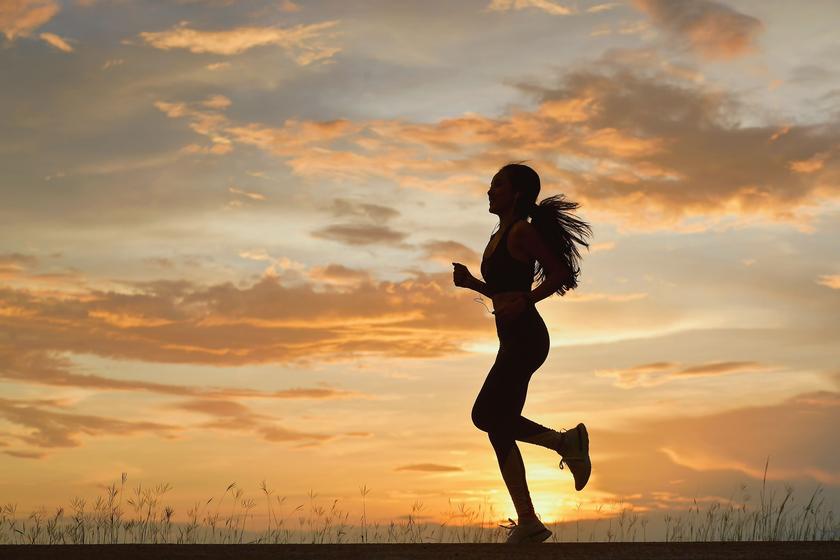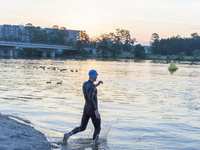- Sections :
- Crime & Public Safety
- Restaurants & Food
- Sports
- More
5 important ways to survive the summer swelter

THE WOODLANDS, TX – This week, we officially hit temperatures in excess of 100 degrees – extremely exacerbated by the accompanying heat index pushing them up to as high as 110 – and we still have a month and a half until summer officially closes. As we learned from Hurricane Beryl last month, a vast majority of those who died during the storm and its aftermath – 36 people – perished due to the heat, not the storm.
Heat can kill, and it doesn’t even have to be due to triple-digit temperatures. Lack of airflow, dehydration, overexertion, and just plain exposure can be fatal. Fortunately, Woodlands Online has five easy tips to keep you safe and (relatively) comfortable during the summer heat.
1. Stay updated on watches, warnings, and alerts
Local offices of the National Weather Service (NWS) issue certain alerts as conditions warrant:
Excessive Heat Outlook – Be Aware! The outlooks are issued when the potential exists for an excessive heat event in the next 3 - 7 days. An Outlook provides information to those who need considerable lead-time to prepare for the event.
Heat Advisory – Take Action! A Heat Advisory is issued within 12 hours of the onset of extremely dangerous heat conditions. Take precautions to avoid heat illness. If you don't take precautions, you may become seriously ill or even die.
Excessive Heat Watch – Be Prepared! Heat watches are issued when conditions are favorable for an excessive heat event in the next 24 to 72 hours. A Watch is used when the risk of a heat wave has increased but its occurrence and timing is still uncertain.
Excessive Heat Warning – Take Action! An Excessive Heat Warning is issued within 12 hours of the onset of extremely dangerous heat conditions. If you don't take precautions immediately when conditions are extreme, you may become seriously ill or even die.
Set your phone, smart watch, or home smart speaker to receive weather-related alerts so you’re not caught out in the open or unprepared in a heated situation. And definitely bookmark Woodlands Online in your browser and on your social media for constant and consistent weather updates.
2. It’s not just the heat; it’s the humidity
Our weather is substantially affected by the Gulf stream, making us a much wetter and more humid region than, say, landlocked and dry Wyoming. Knowing the straight temperature is one thing; however, it’s essential for you to factor in the humidity when making outdoor plans.
The Heat Index is a measure of how hot it really feels when relative humidity is factored in with the actual air temperature. For example, if the air temperature is 96°F and the relative humidity is 65%, the heat index is 121°F. Pay attention to forecasts that include the words, “...but it’ll FEEL like…” Woodlands Online puts out two weather reports a week and ensures to include heat index numbers.
3. Heat stroke and heat exhaustion – know the difference
It may come as a surprise to you to hear that heat exhaustion and heat stroke are two vastly different conditions. Heat exhaustion occurs when the body loses excess amounts of water and salt, typically from sweating. On the other hand, heat stroke is a serious medical emergency that occurs when your body is unable to control its internal temperature. The former is something that you can easily get relief from with a couple of simple steps; but the latter can cause irreversible damage or worse by the time you know you have it.
Symptoms of heat exhaustion include general weakness, increased heavy sweating, a weak but faster pulse or heart rate, nausea or vomiting, possible fainting, lightheadedness, dizziness, and/or pale, cold, clammy skin. Taking a cool shower or using cold compresses, removing layers of clothing, and hydrating with water typically can alleviate these symptoms and move you out of danger. However, signs of heat stroke include elevated body temperature above 104°F, rapid and strong pulse or heart rate, hot, red, dry, or moist skin, and/or loss of consciousness. Under these conditions, it’s essential you immediately get to a cooler and shadier location and call 911.
4. Check the backseat
According to the National Safety Council (NSC), an average of 38 children under the age of 15 die each year due to being in a hot car, half of those due to the parent or guardian forgetting about their backseat passengers.
Studies have shown that, within one hour, the temperature inside of a car parked in the sun on a day that reached 95°F hit an average of 116°F. On average, dashboards can reach 157°F and the seats can get up to 123°F. Even cars parked in the shade on a hot day can reach 100°F within an hour.
5. Hail, hydration
The Centers for Disease Control and Prevention (CDC) is pretty clear on the importance of keeping hydrated in the heat. Even during a ‘normal’ work day that doesn’t factor in sunlight, heat, exertion, or heavy exercise, it suggests that you stay hydrated even before you start your day, as if you start work dehydrated you might not be able to drink enough to catch up with your body’s need for water.
By the time you feel thirsty, chances are you’re already dehydrated. This can lead to heat hydration before you even realize you’re there. When working in the heat, drink a cup – 8 ounces – of water every 15 to 20 minutes (or about a quart per hour). Use your common sense when taking in water; smaller drinks throughout the day are more effective than gulping down the whole thing at once. Don’t drink more than 48 ounces (six cups) per hour;it can cause a medical emergency because of a diluted salt content in your body. Try to avoid energy drinks due to their higher-than-coffee caffeine content and don’t take salt tablets with your water; as long as you eat normally as you drink, those standard meals will replace your salt in a good balance. Believe it or not, The amount of caffeine in tea, coffee, and soft drinks probably won’t have an effect on overall hydration.
As always, stay tuned to Woodlands Online for weather forecasts, updates, and alerts. When choosing any outdoor events during the heated months, be sure to dress, hydrate, and prepare accordingly.




















